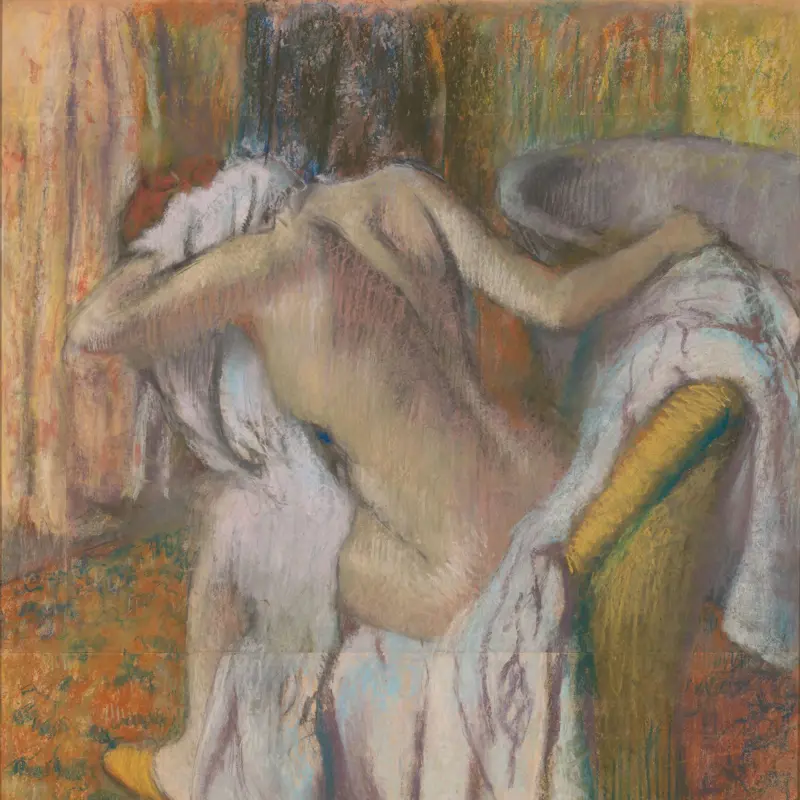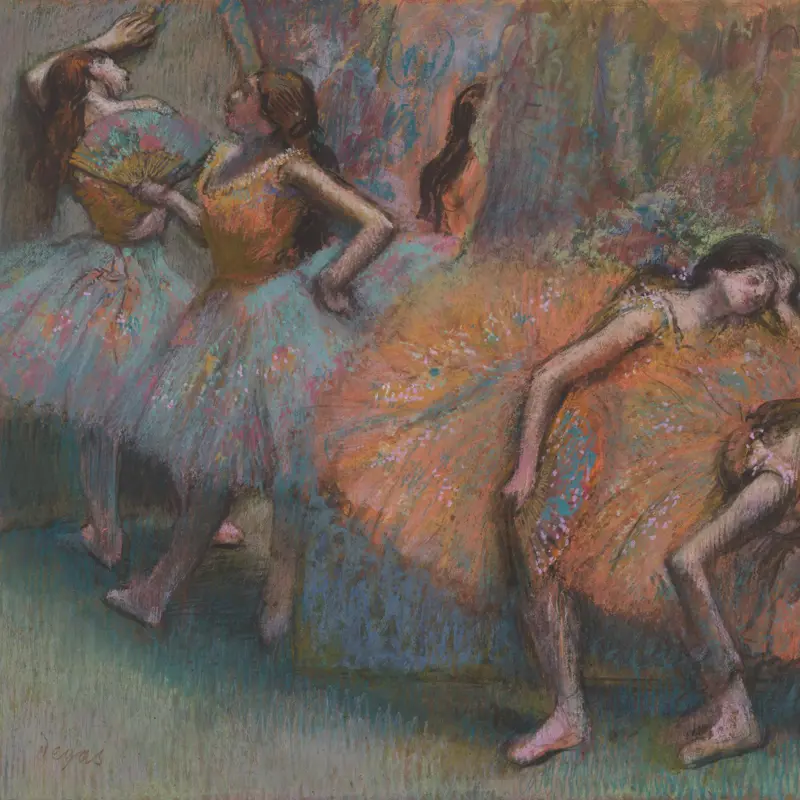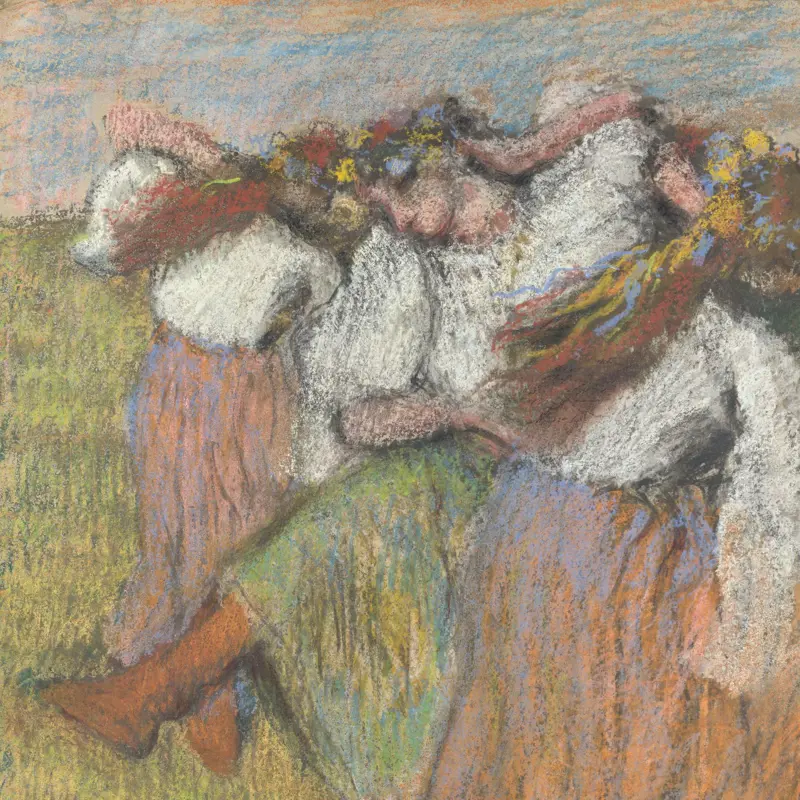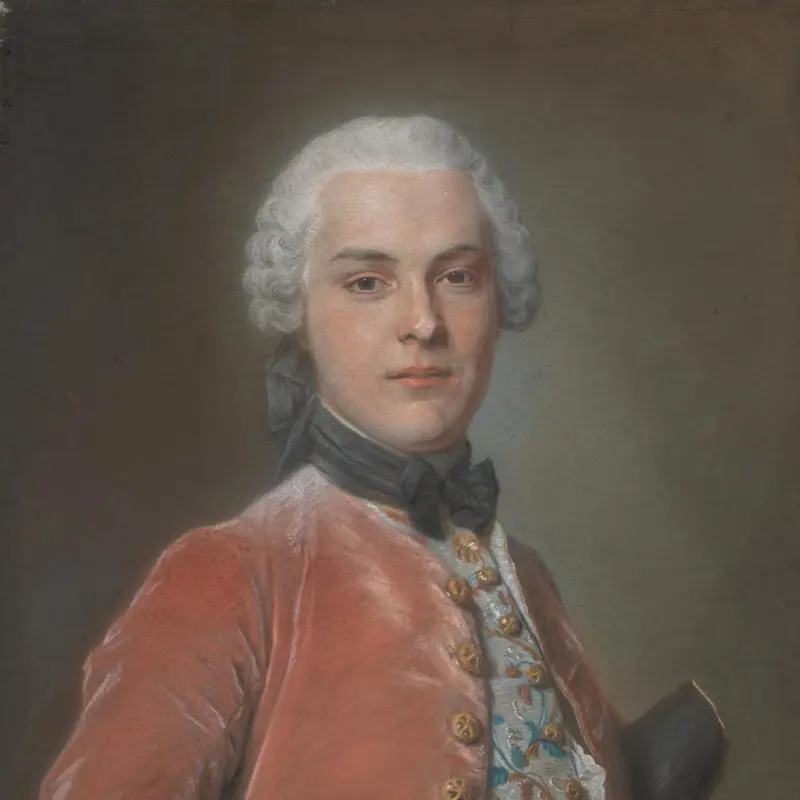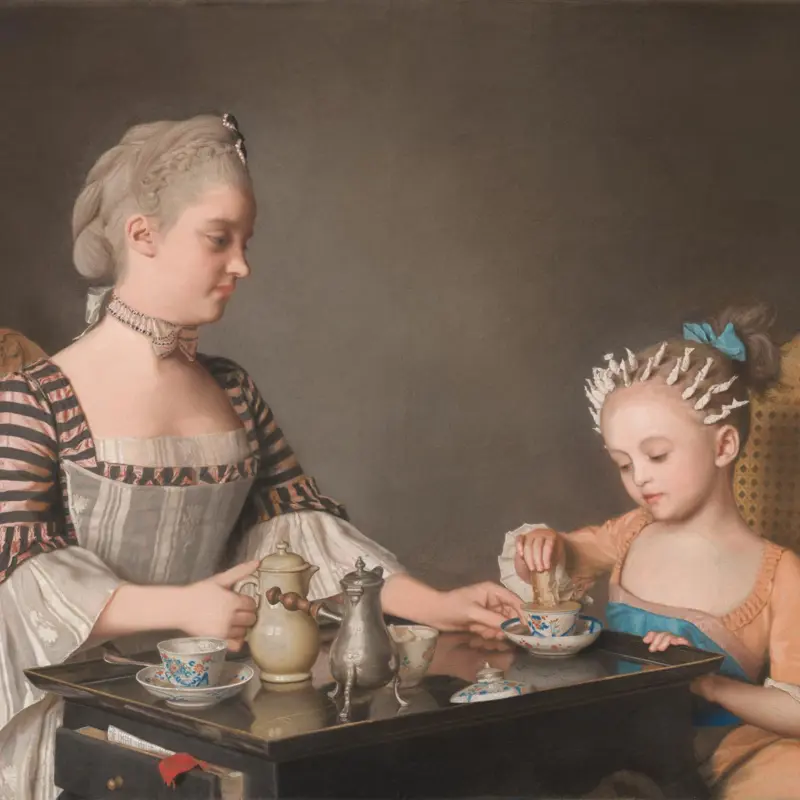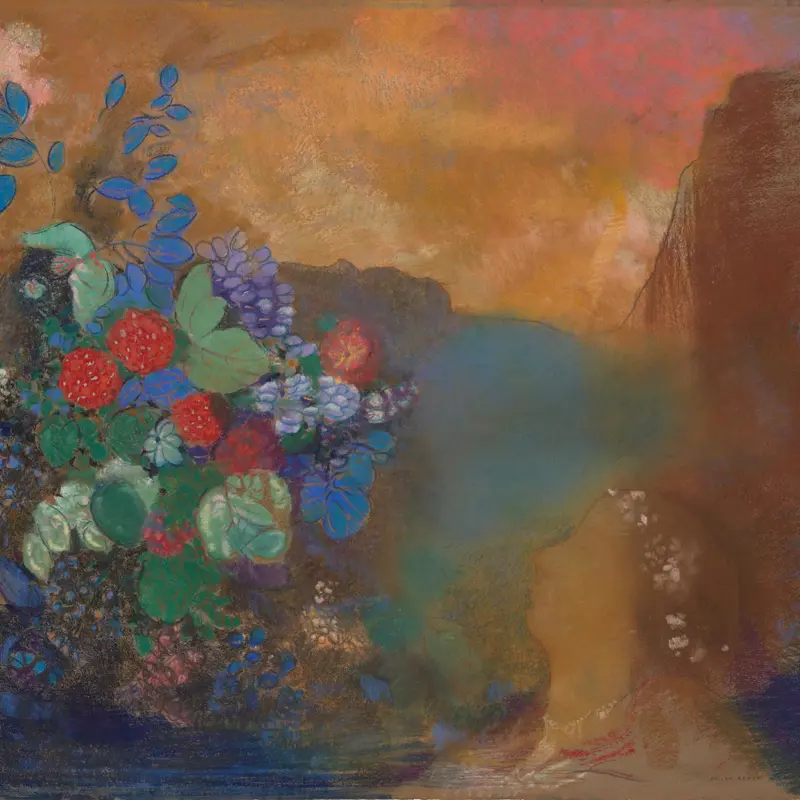In the early 1700s, pastels became fashionable for portraits. Pastel sticks made up of coloured pigment, a chalky filler and a binder, produced a fresh and velvety finish. The pastel medium was held loosely by the paper’s surface. Pastellists could blend (or ‘sweeten’) their strokes to create soft, luminous tones and convey texture with amazing detail. Pastels were perfect for producing fresh, intimate portraits.
The Venetian pastellist Rosalba Carriera (1673–1757) visited Paris in 1720. Her dazzling portraits attracted a wide clientele of aristocrats and Grand Tourists. Maurice-Quentin de La Tour (1704–1788), Jean-Baptiste Perronneau (1715/16–1783) and Jean-Etienne Liotard (1702–1789) all followed her lead. They used pastels in different ways to develop highly individual styles. But as time passed people wanted more formal portraits and the trend for pastel waned.
A century later, French artists brought about a second golden age of pastel. They turned from making portraits to capturing the fleeting qualities of modern life. Edgar Degas (1834–1917) mainly worked in pastel in the 1890s. He captured women dancing and bathing from seemingly hidden viewpoints. Odilon Redon (1840–1916) made dreamlike scenes that moved pastel beyond portraiture and into imaginary worlds.



